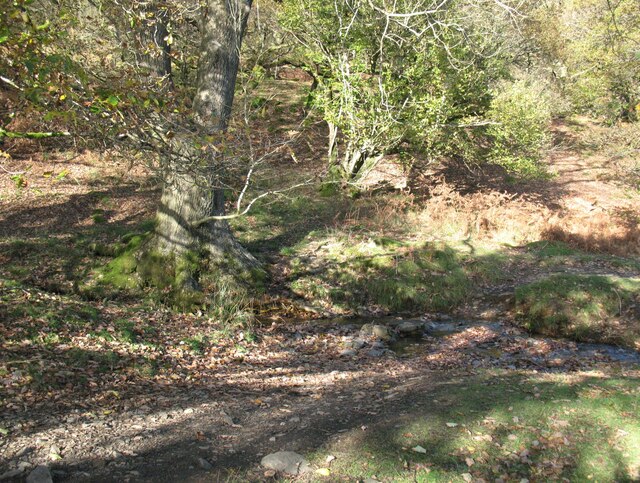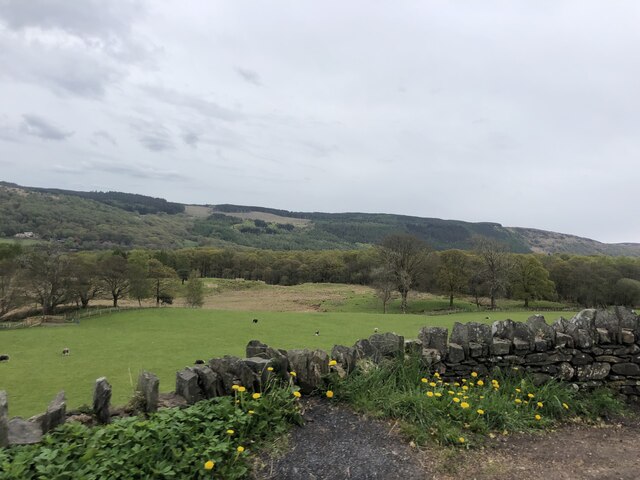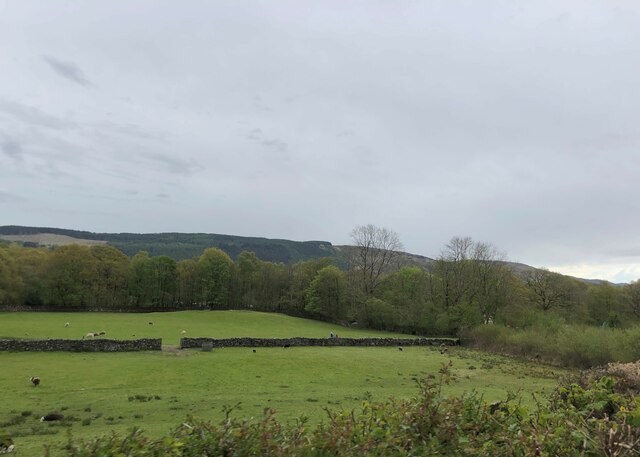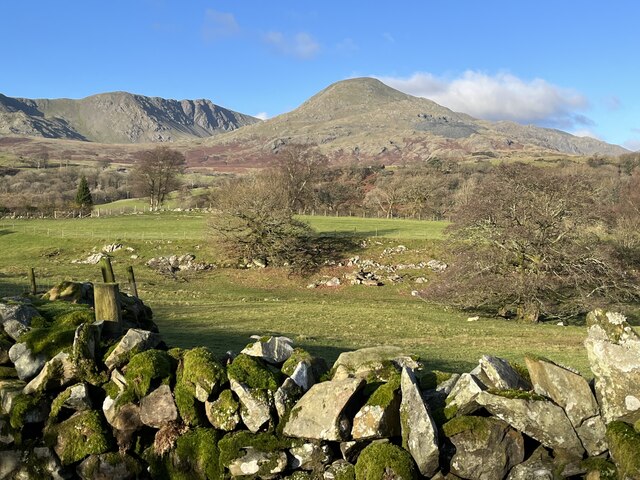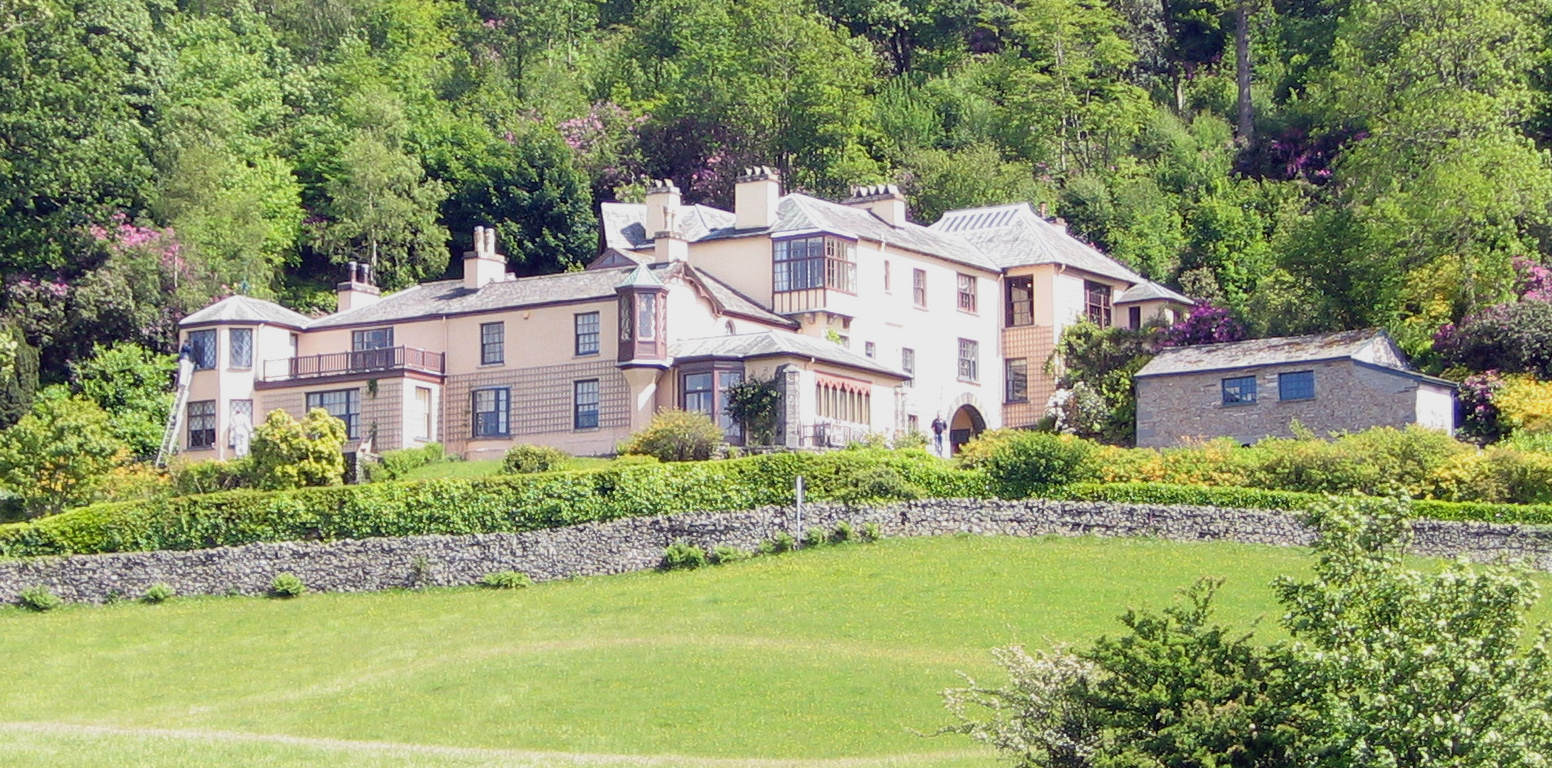Beck Leven Foot
Lake, Pool, Pond, Freshwater Marsh in Lancashire South Lakeland
England
Beck Leven Foot
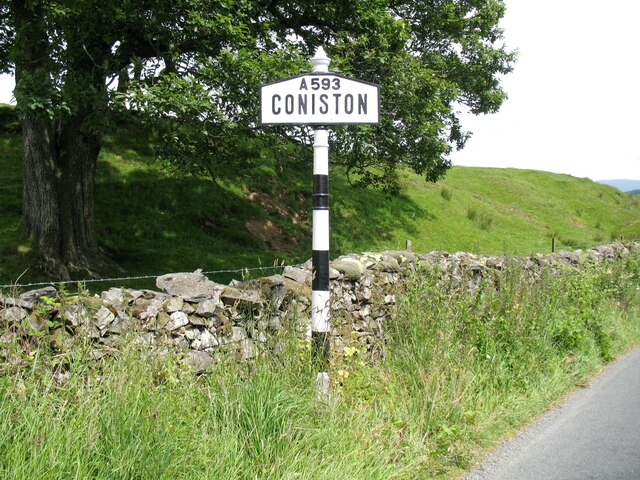
Beck Leven Foot is a picturesque freshwater marsh located in Lancashire, England. Nestled amidst the rolling countryside, this tranquil area is a haven for nature enthusiasts and offers a diverse range of aquatic habitats.
The centerpiece of Beck Leven Foot is its expansive lake, which stretches over a vast area, reflecting the surrounding landscape and creating a serene atmosphere. The lake is fed by several small streams and is home to a variety of fish species, including pike, perch, and roach. Anglers often visit the lake to test their skills and enjoy a day of fishing.
Adjacent to the lake is a smaller pool, which is fringed by reeds and rushes. This pool serves as a breeding ground for waterfowl, including ducks, geese, and swans. Birdwatchers flock to this area to catch a glimpse of these beautiful creatures and observe their behaviors.
A winding beck, or stream, meanders through the marsh, connecting the lake and the pool. This beck is teeming with life, supporting a diverse population of invertebrates, amphibians, and small fish. It provides an essential water source for the various species that inhabit the marsh.
The marsh itself is a mosaic of vegetation, ranging from open water and mudflats to dense reed beds and marsh grasses. This diverse habitat attracts numerous bird species, such as herons, kingfishers, and warblers, making it a popular spot for birdwatching.
Overall, Beck Leven Foot offers a unique and captivating landscape, combining the tranquility of its lake and pool with the vibrant biodiversity of its marsh. It is a haven for both wildlife and visitors, providing a peaceful retreat and an opportunity to appreciate the beauty of nature.
If you have any feedback on the listing, please let us know in the comments section below.
Beck Leven Foot Images
Images are sourced within 2km of 54.348018/-3.0634203 or Grid Reference SD3095. Thanks to Geograph Open Source API. All images are credited.

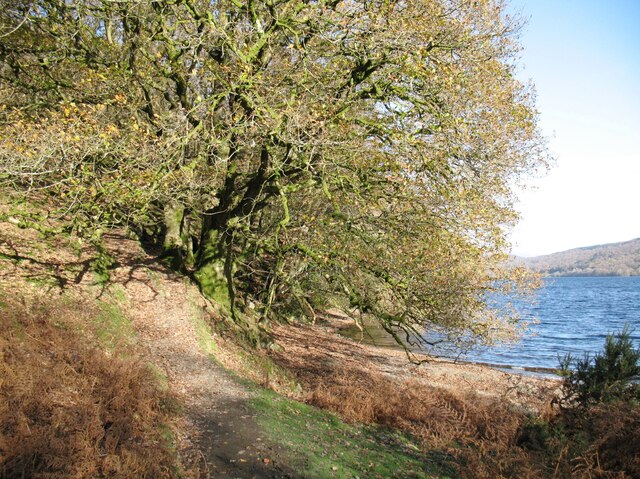
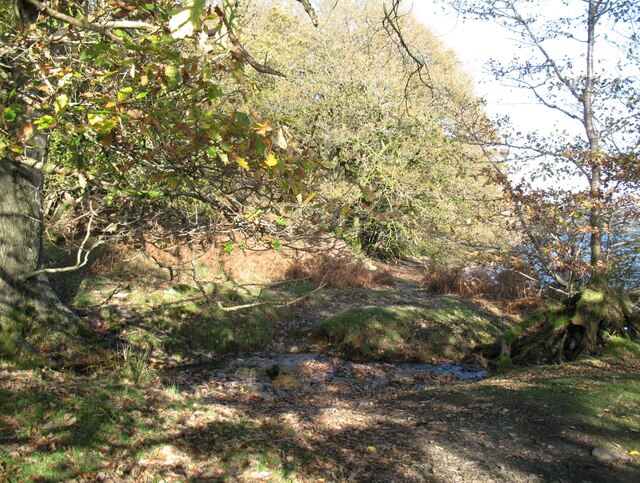
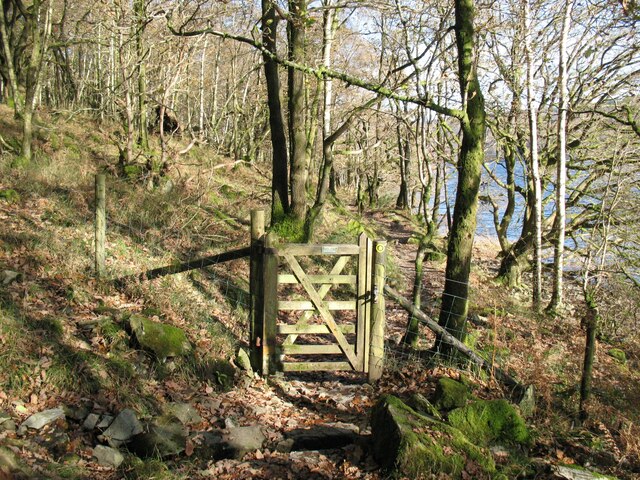
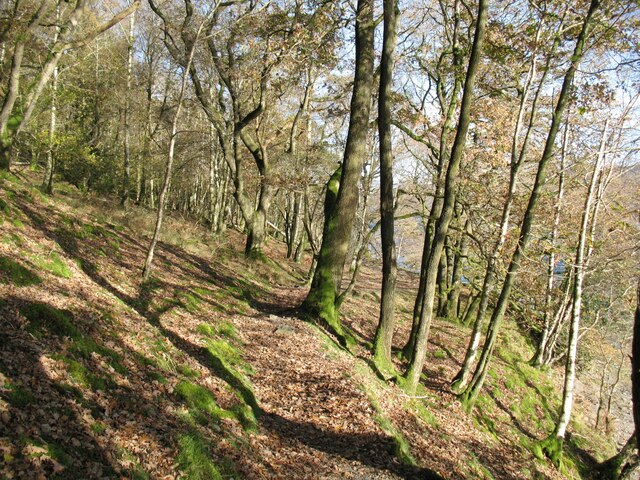
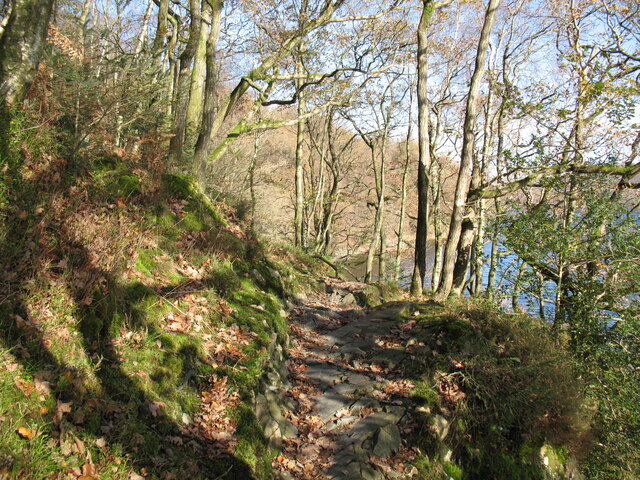
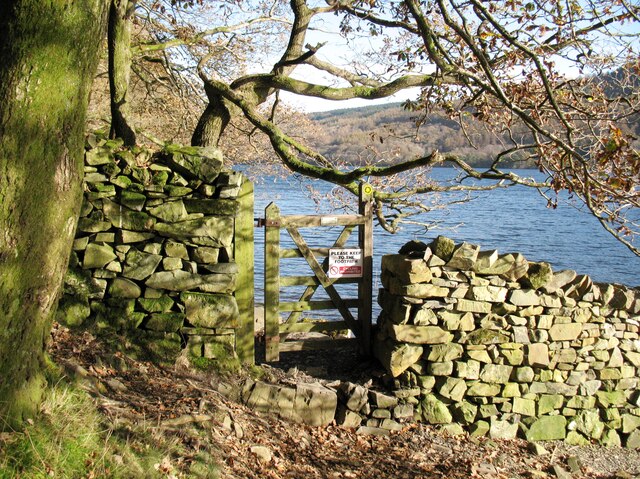
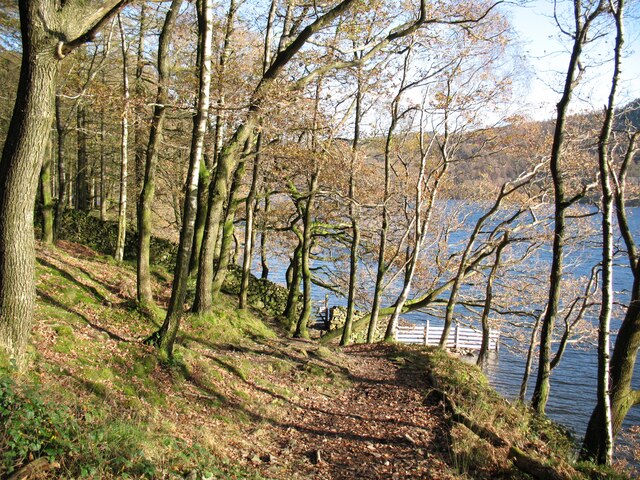
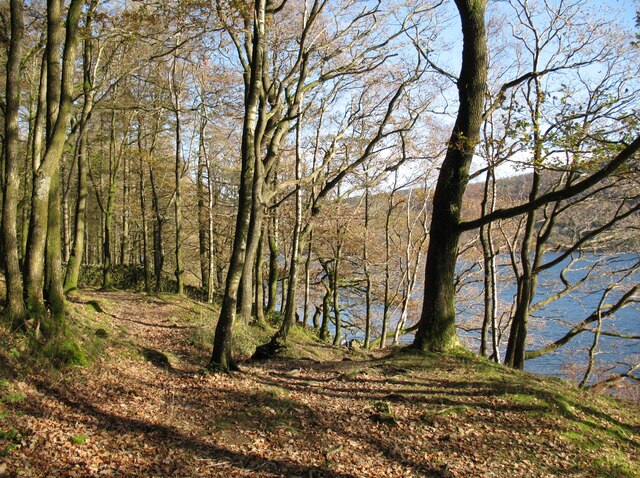
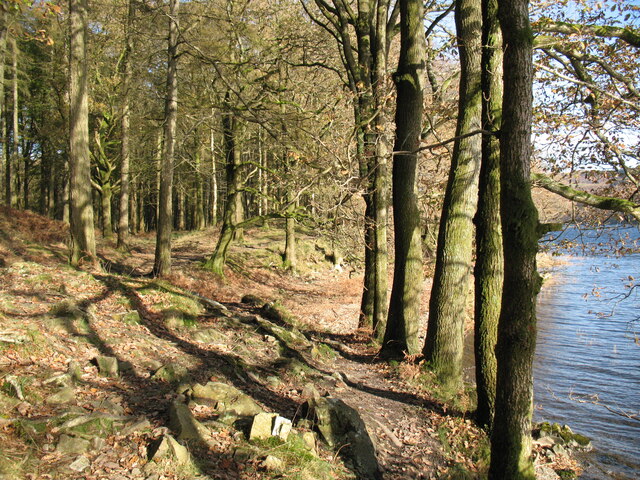
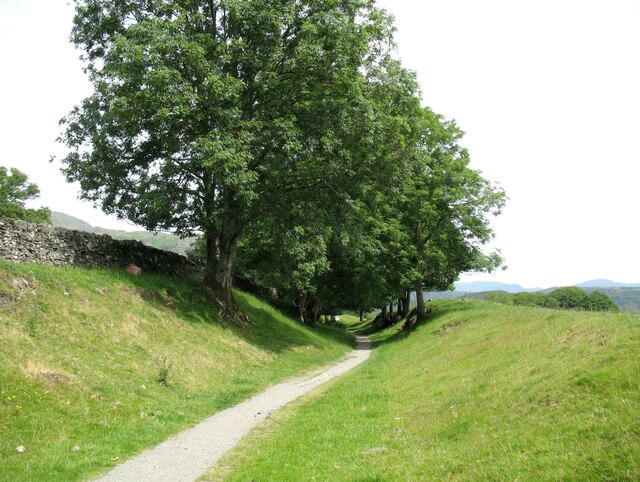
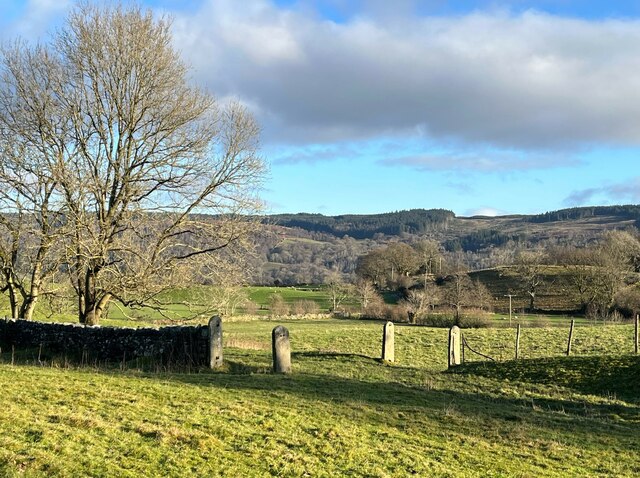
Beck Leven Foot is located at Grid Ref: SD3095 (Lat: 54.348018, Lng: -3.0634203)
Administrative County: Cumbria
District: South Lakeland
Police Authority: Cumbria
What 3 Words
///grades.boss.calculate. Near Windermere, Cumbria
Nearby Locations
Related Wikis
Coniston Water
Coniston Water is a lake in the Lake District in North West England. It is the third largest by volume, after Windermere and Ullswater, and the fifth-largest...
Brantwood
Brantwood is a historic house museum in Cumbria, England, overlooking Coniston Water. It has been the home of a number of prominent people. The house and...
Lawson Park
Lawson Park is a remote English Lake District hillfarm, leased by Grizedale Arts (a contemporary art commissioner) from the Forestry Commission. It is...
Coniston Hall
Coniston Hall is a former house on the west bank of Coniston Water in the English Lake District. It is recorded in the National Heritage List for England...
Nearby Amenities
Located within 500m of 54.348018,-3.0634203Have you been to Beck Leven Foot?
Leave your review of Beck Leven Foot below (or comments, questions and feedback).
